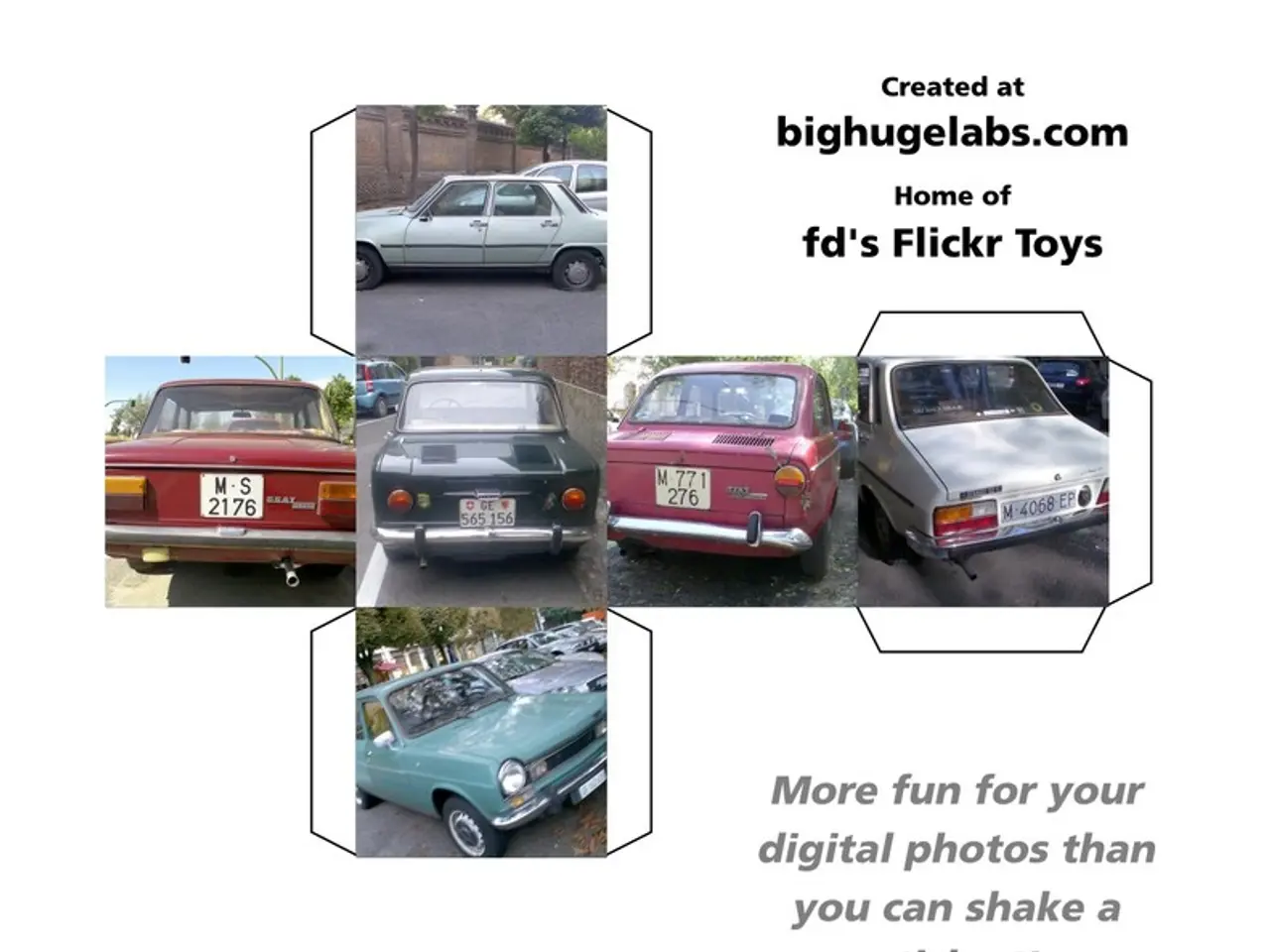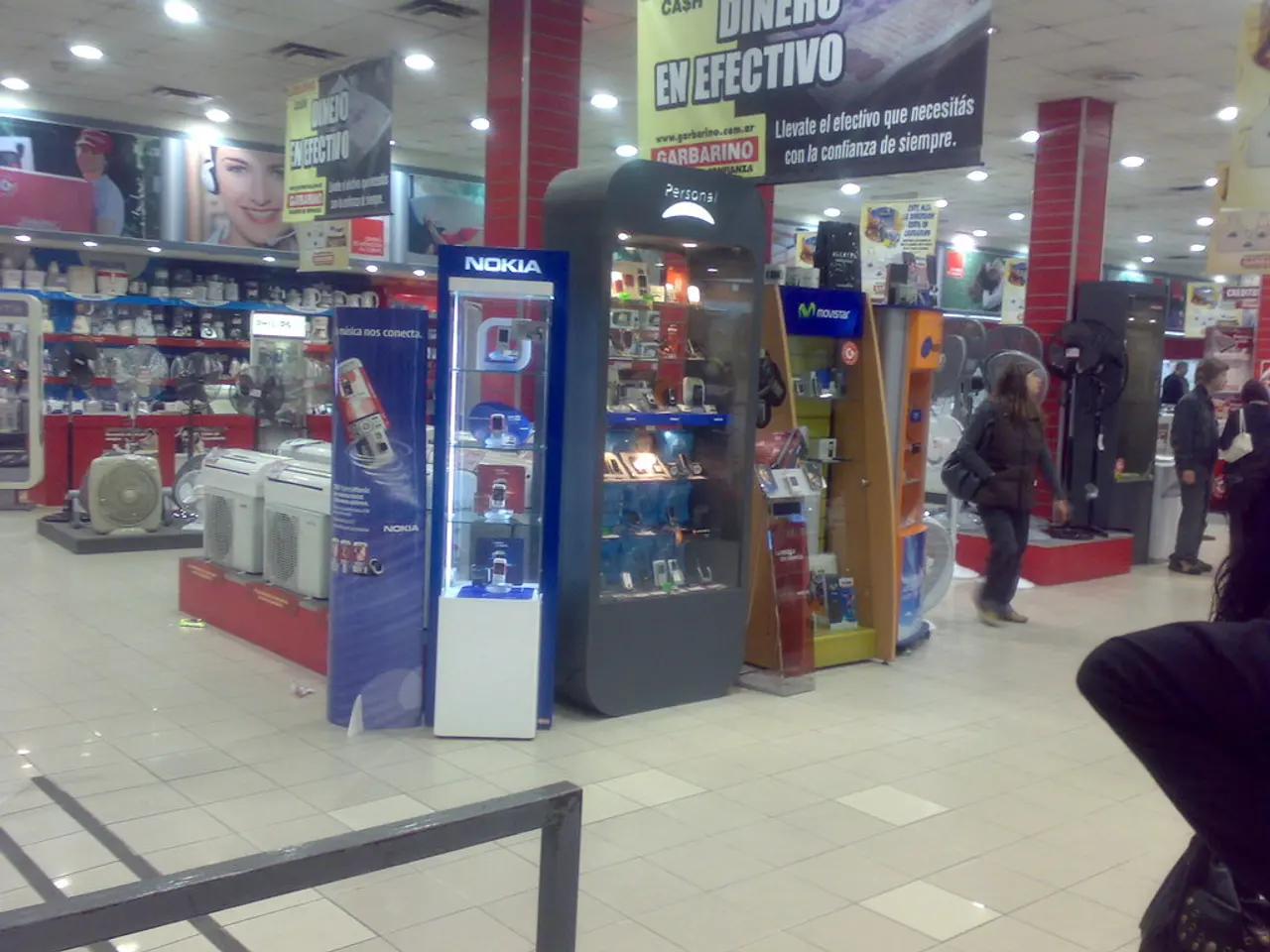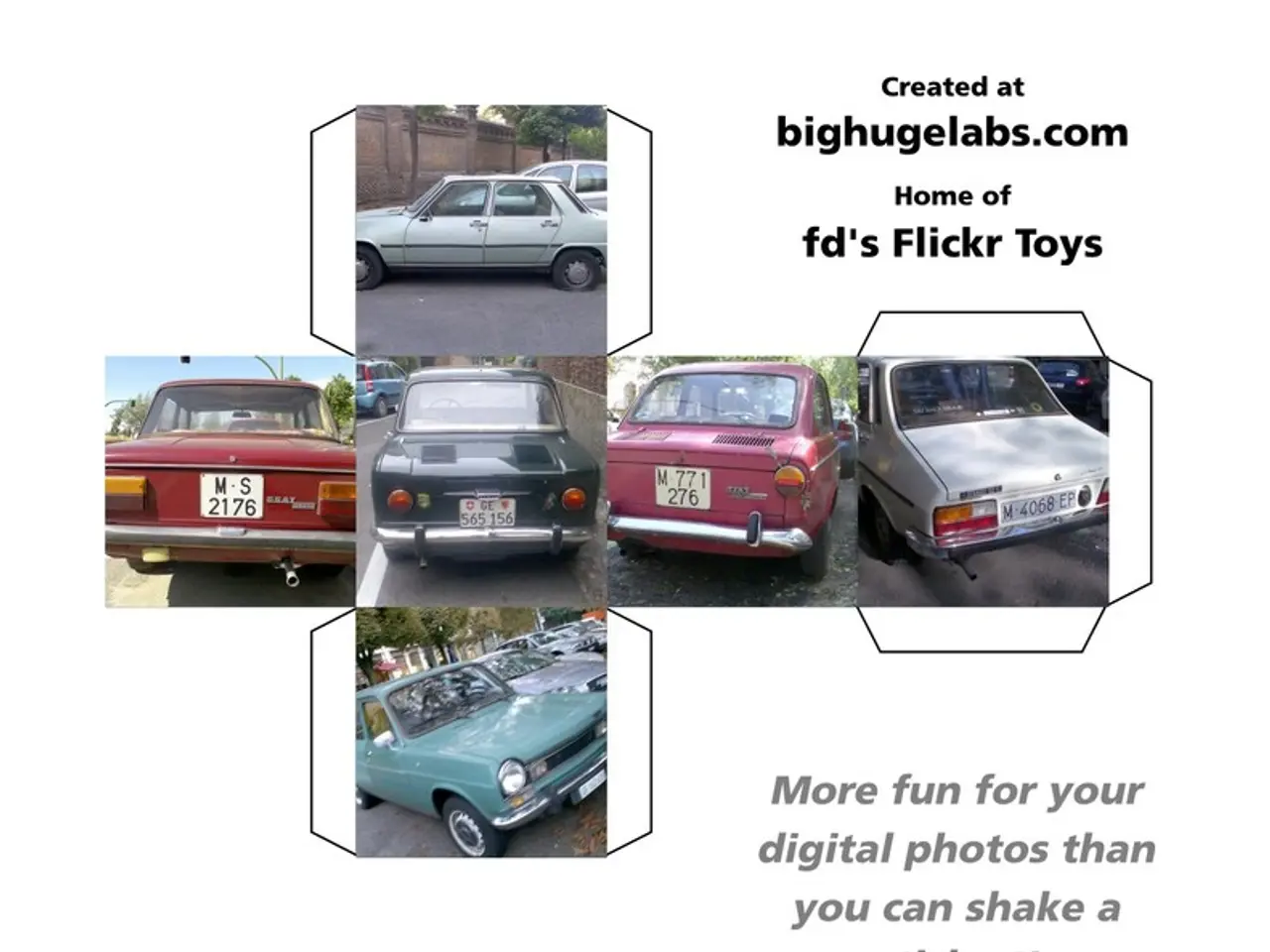The Essential Distinctions Between Hydrogen and Gasoline Engines: Critical Insights for the Upcoming 24H Endurance Race Competition (1)
In an ambitious move towards a carbon-neutral future, Toyota has entered the 24-hour endurance race with a hydrogen-powered Corolla. The decision, announced by President Akio Toyoda, aims to demonstrate the safety of hydrogen and challenge the potential of hydrogen-powered engines in motorsports.
The hydrogen-powered Corolla, a Corolla Sport equipped with the 4WD system from the GR Yaris, underwent a shakedown on April 24, less than a month before the race. The car, powered by an internal combustion engine that virtually emits no CO2, is heavier than other cars in the race due to the added weight of the fuel tanks.
The hydrogen-powered engine's technology is not new to Toyota. It has been borrowed from the Mirai, another hydrogen-powered vehicle developed by the company. The hydrogen tank, however, presents unique challenges. Unlike gaseous hydrogen which requires bulky high-pressure tanks, Toyota had to develop a cryogenic storage system for liquid hydrogen, maintaining the ultra-cold fuel in liquid form from tank to engine. This requires advanced thermal management technology.
The race car's preparation has not been without its hurdles. The team has faced issues typical of racing cars such as alternator malfunctions and engine troubles, in addition to the technical difficulties inherent in stabilizing the liquid hydrogen system itself. Hydrogen refueling has also been a significant challenge, with Toyota working on improving refueling methods, such as "slow refueling," which lowers the temperature and extends the time to fill the tank, enabling more liquid hydrogen to be stored and improving race performance.
Denso, a Toyota Group supplier, played a significant role in the development of the hydrogen-powered engine by creating technology for efficient and stable hydrogen injection. To ensure physical safety, carbon plates surround the four tanks in the car. Interestingly, the hydrogen-powered Corolla has a total capacity of 180 liters, compared to the Mirai's 141 liters.
One of the unique challenges presented by the 24-hour endurance race is the constant full throttle, which causes the temperature inside the hydrogen tank to drop. To address this, the team has installed cameras on the car to allow drivers to check the rear via a monitor, as the rear-view mirror has zero visibility.
The success of the hydrogen-powered Corolla in the 24-hour race could make carbon neutrality through the improvement of existing gasoline-powered cars a viable option. The race, held from May 21 to 23, serves as a proving ground to refine the technology and build partnerships to expand hydrogen's potential, all contributing to Toyota's vision of a carbon-neutral society. President Sato of GAZOO Racing Company stated that the fast and agile development timeline in motorsports is ideal for pushing the limits of new technologies like hydrogen.
The hydrogen-powered Corolla's technology, borrowed from the Mirai and further developed with the assistance of Denso, showcases Toyota's commitment to exploring the potential of hydrogen in both the automotive industry and motorsports. The advancements in thermal management technology and hydrogen injection, coupled with the challenges in stabilizing the liquid hydrogen system, highlight the intersection of science, technology, and sports in Toyota's pursuit of a carbon-neutral future.




